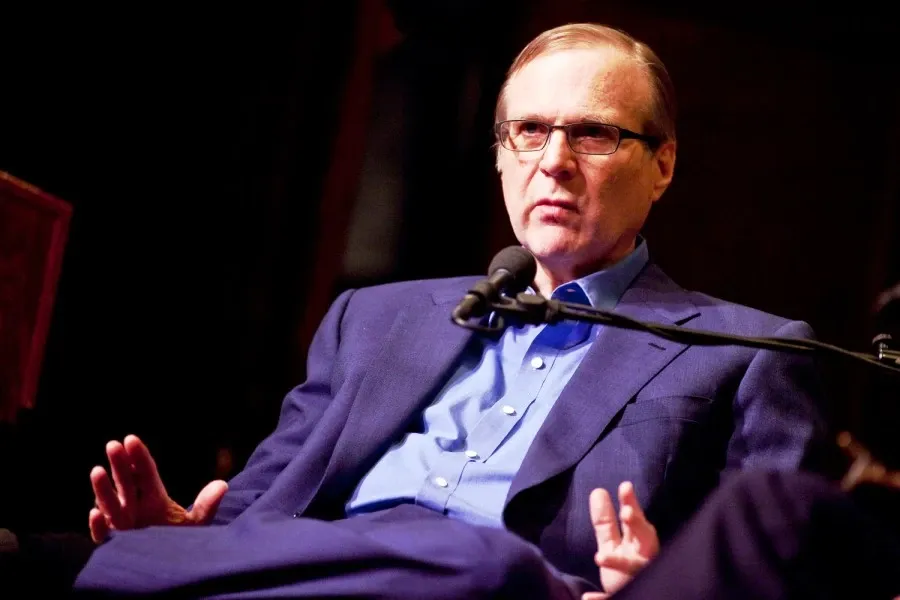Infobip and Haas Unveil Interactive Fan Quiz
Infobip is partnering with the MoneyGram Haas F1 Team on an innovative digital fan engagement campaign, designed to bring racing fans closer to the action.

Microsoft co-founder Paul Allen plans to cover 90,000 square miles of African territory with smart sensors and drones by the end of this year to bring hyper-connectivity to Africa’s most remote, wildlife-packed corners, according to Bloomberg.
It’s the biggest, tech-focused conservation project to date, a command-and-control system for rangers to record and respond to poaching threats from Kenya to Tanzania. Named the Domain Awareness System (DAS), Allen is funding the project through his company Vulcan, and it’s as simple in concept as it is complex in execution. The basic idea is studying endangered animals’ movements in order to get ahead of poachers on a scale that allows Big Data to predict threats across entire regions.
Allen’s DAS uses technology to go the distance that humans cannot. It relies on three funnels of information: ranger radios, animal tracker tags, and a variety of environmental sensors such as camera traps and satellites. This being the product of the world’s 10th-richest software developer, it sends everything back to a centralized computer system, which projects specific threats onto a map of the monitored region, displayed on large screens in a closed circuit-like security room.
“By nature, I am attracted to tough problems, problems that, by definition, require innovative and dramatic solutions,“ said Allen from his office in Seattle, where his philanthropic company, Vulcan Inc., is based. “The project is the ideal combination of two of my interests, technology and the preservation of the savannah elephant, one of Africa’s most iconic species.“
DAS was first put into the wild in October 2016, when Ted Schmitt, lead program manager at Vulcan, and his team deployed the technology at the Lewa Conservancy, a 55,000-acre preserve in Kenya. Then it was brought to Odzala National Park, founded in 1935 and one of Africa’s oldest national parks in the Republic of Congo. Six other African conservation sites in partnership with Save the Elephants, African Parks Network, and Wildlife Conservation Society soon followed. But its most high-profile partner is Singita, the network of standard-setting luxury safari lodges run by conservation guru Luke Bailes.
Building DAS took about 12 months and the partnership of many on-the-ground organizations who gave feedback. Threats differ by location, it turns out: In Tanzania, wildlife snares and bush-meat hunters are a big problem, while ivory poaching is a more common issue in Kenya. Then there are less malicious issues, such as bush fires, or a cow that has wandered from a local farm to big game predators.
It will take two to five years to get real measurements from conservationists, but the feedback for DAS has been promising already. Though no animals have yet been saved as a direct result of DAS, rangers in two separate cases were able to use DAS alerts to intercept poachers who had already made a kill.
The next hurdle is bringing connectivity to places that still don’t have it, such as the jungles and forests of Congo. Enhancing connectivity where it exists but is low will also be key; it’s what will allow DAS to show alerts in real-time, rather than on a delay. Then, Schmitt said, comes the exciting part: “Once you have more and better data, you get to this place where we have real expertise. Where you can ask, How do you analyze data and call up patterns and proactively identify threats?“ If Big Data is step one, machine learning is the very big step two. For his part, Allen is happy to let his team run wild. “I’ve spent time with these park rangers, so I’m familiar with how difficult their work is. Providing this kind of tool to help them defend endangered species is incredibly fulfilling.“